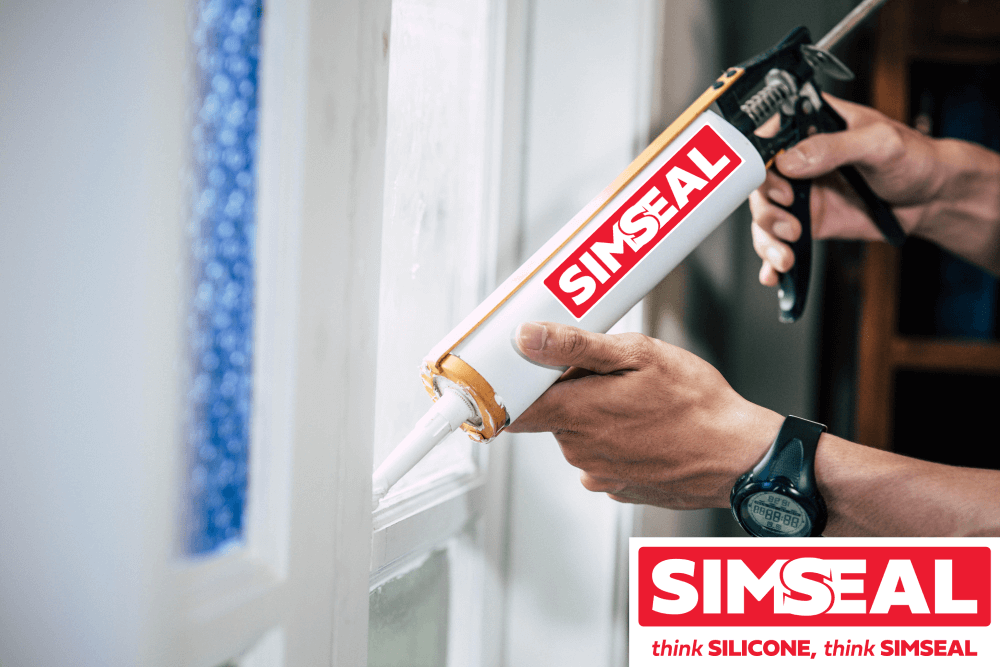How to Fix a Leak with Silicone Sealant
Follow these steps to fix a leak with silicone sealant:
1. Locate the leak.
Identify the source and the extent of the leak. You may need to turn on the water supply and observe where the water is coming from. The leak may be visible as a crack, a gap, or a hole in the silicone sealant, or it may be hidden under the sealant. Mark the area of the leak with a masking tape or a marker.
2. Remove the old sealant.
Use a utility knife or a razor blade to cut along the edges of the old sealant, as close to the surface as possible. Be careful not to scratch or damage the surface underneath. You can also use a hair dryer or a heat gun to soften the sealant before cutting it, but be careful not to overheat or burn the surface. Use a pair of pliers or tweezers to grab the cut edge of the sealant and peel it off the surface.
3. Clean the surface.
Use a cloth or a sponge to apply the silicone sealant remover or the solvent of your choice to the surface where the old sealant was. Follow the instructions on the product label and let it sit for the recommended time, usually a few minutes. The remover or the solvent will dissolve or loosen any remaining sealant residue, dirt, grease, or mold on the surface. Use a clean cloth or a sponge to wipe off the dissolved or loosened residue from the surface.
4. Apply the new sealant.
Cut the tip of the silicone sealant tube at a 45-degree angle, according to the size of the gap or crack you want to fill. Insert the tube into the caulking gun and squeeze the trigger until the sealant comes out of the tip. Apply a continuous and even bead of sealant along the area of the leak, covering the gap or crack completely. Use a plastic scraper or a spatula to smooth and level the sealant, removing any excess or air bubbles.
Tips and Warnings
- Before fixing a leak with silicone sealant, make sure to wear protective gloves and eyewear, and work in a well-ventilated area.
- Do not use abrasive or harsh chemicals, such as bleach, ammonia, or vinegar, to clean the surface, as they may damage or stain the surface or the sealant.
- Do not dispose of the old sealant, the remover, or the solvent in the drain, the toilet, or the trash, as they may cause environmental or health hazards. Follow the local regulations for proper disposal of hazardous waste.


Recent Comments